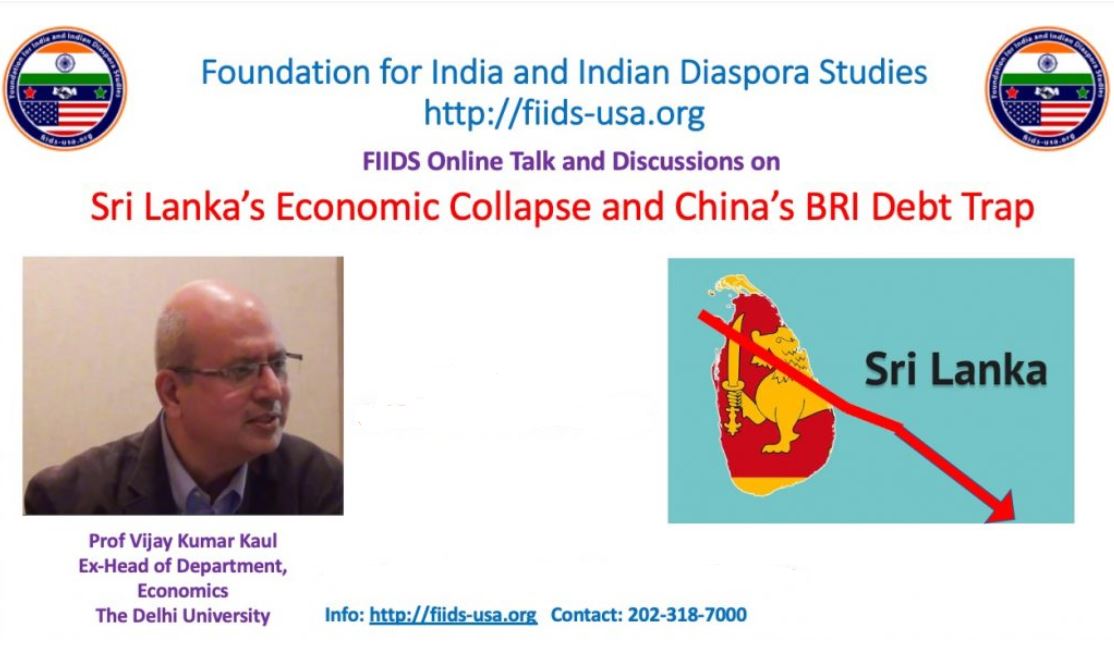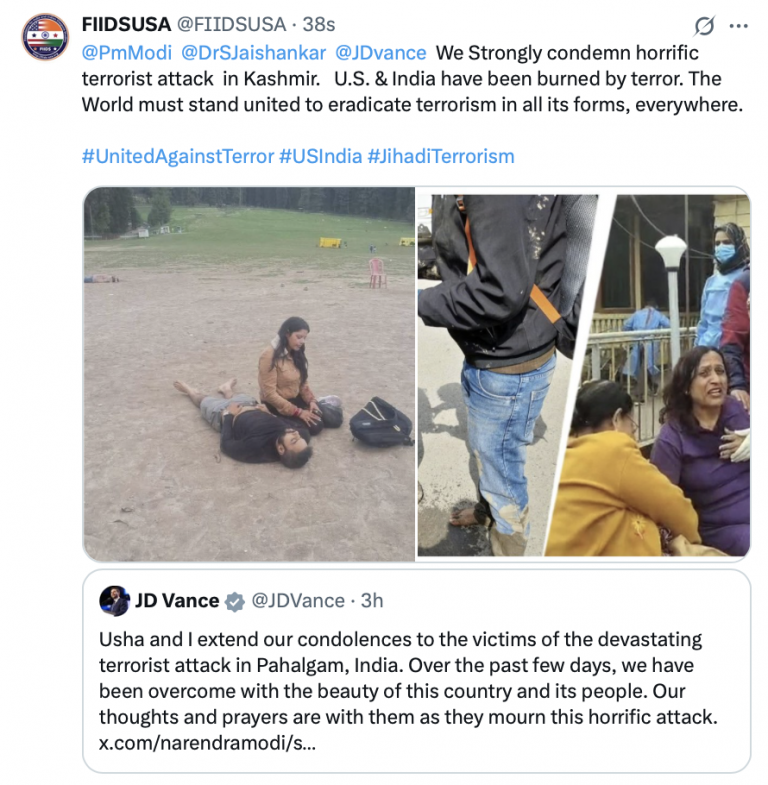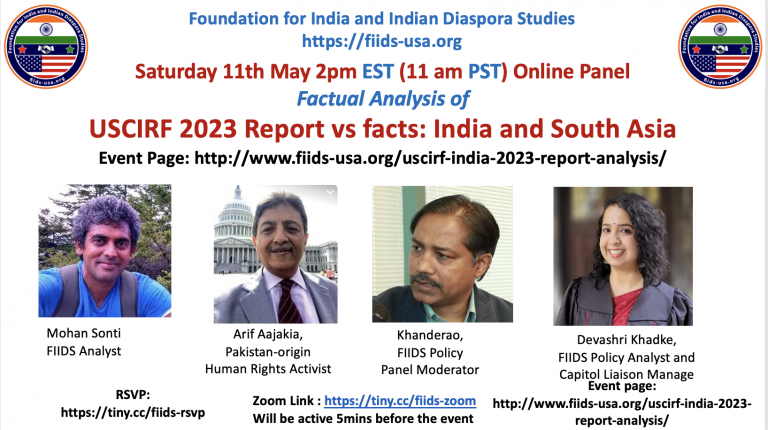
Vijay Kumar Kaul
Professor of Business Economics
University of Delhi
In this article, I am concerned with several questions as follows: (a) How the collapse of the Sri Lankan economy is turning into a political crisis? (b) What is it that has led to the current collapse of the Sri Lankan economy? (c) In what way is China’s Belt & Road Debt Trap (BRDT) connected with it? (d) What
are the possible solutions to their economic crises that resulted in political crises? (e) In what way, if any, could India be of help to Sri Lanka, if only to overcome the current multiple crises? Searching to identify a possible common thread in the recent crises across Sri Lanka, Afghanistan, and Pakistan could go a long way in understanding what implications the Sri Lankan crisis can have regionally and globally.
Keywords: Sri Lanka, Economic Crisis, BRDT (Belt & Road Debt Trap)
I – The War Against Covid-19 is Still On
How does one explain the following recent happenings in Sri Lanka, not just an immediate Southern neighbor of India, but a strategically located island country in the Indian Ocean? Ominously worrying crises have engulfed it in a surprisingly short period of the last few months, i.e., from February to April 2022. Consider the symptomatic fact that Sri Lanka applied to the IMF for a bailout of $4 billion, amidst the continuing public protests against the Govt., demanding the resignation of the President. Notice the rampant street protests against the declaration of curfew and emergency. Also notice how within a short span of time, curfew and emergency were imposed and later on withdrawn. On top of that, the government has fallen, following the resignations of all the ministers except the Prime Minister. The President’s invitation to the opposition to join the government is by no means normal either ( on 18th April President Constituted a new Ministry with 17 members). No surprise, if India is seriously concerned about these crisis situations enveloping Sri Lanka. Any persistent instability in India’s neighborhood hurts the security environment in the region as a whole, not just India alone.
Going back in time, the world has witnessed dramatic instability in Afghanistan following the withdrawal of US troops after two decades. The instability there has intensified with the consequent establishment of the Government of Taliban with its Radical Islamist Terrorist Organizations waging Global Jihad, i.e., Jihad aimed at establishing a Caliphate in the world. On the other hand, quite predictably Pakistan, another Islamic neighbor, is facing instability while transitioning to a democratically elected government. Because the real control over the various wings of the government in Pakistan lies in the hands of the Armed forces, who keep working and ruling behind the scene. Pakistani Armed forces continue to sponsor the Radical Islamist Terrorist groups aimed at its neighbors.
If we turn our attention to Europe, we cannot miss how the Russian invasion of Ukraine on the 24th of February 2022 has endangered global security and destabilized the international economic order. Russia is bent on unilaterally causing the destruction of Ukraine. Ukraine’s armed forces are defending their country from bunkers. Ukraine is in a deep economic crisis, faced with an increase and rise in prices of food, fuel, and other essential goods. These crises have far-reaching devastating implications for humanity and the world as a whole. All the more so, because they are occurring at a time when the world as a whole is still engaged in fighting the Covid 19 Pandemic.
II – Current Crisis and Its Evolution
The Sri Lankan population of 22 million is dominated by Sinhalese Buddhists along with diverse religious groups. It has been facing economic decline during the last few years. After the end of the three decades of civil war against the LITTE in 2009, the government embarked upon an expansion of the economic activities and followed a strategy of investment in infrastructure projects, roads, ports, etc. After independence in 1948, Sri Lanka, mainly known as a plantation and tourism-based economy, followed a model of a socialist and welfare state with a lot of freebies and welfare schemes. With the end of the civil war, the country felt the need for diversification of its economic activities to increase its per capita income and national income. However, the Government of Rajapaksa decided to go for investment in Infrastructure, mostly unviable projects. Unviable, because many countries refused to finance these projects as and when they were approached. For instance, the establishment of Hambantota Port as the second international port in a small country like Sri Lanka was considered unviable as it would not be able to attract much traffic. However, intriguingly enough, China willingly entered into this area and funded these projects, keeping in mind the geopolitically strategic location of Sri Lanka and China’s own long-term geostrategic interest.
Most of the infrastructure projects in Sri Lanka have not yielded much return to repay their debts which were raised as commercial debt with market rates of interest. Initially, for a few years, there was a rise in the national income and per capita income of the people as a result of construction activities. Then, the debt trap started mounting without any return from these projects. Hambantota port project is the best known-example of Sri Lanka’s wrong-headed economic policy. It has led to leasing out of the Port to China for 99 years, as Sri Lanka was unable to repay the loan. China’s debt-trap policy became well known by now. Large numbers of other developing countries are facing the same problems within the Chinese BRDT. Notice that Pakistan’s CPEC has incurred heavy debts which need to be repaid in the coming years. With Pakistan’s economy in fast decline, it is likely to meet the same fate as Sri Lanka’s economy. Would there be any surprise, if Pakistan too becomes a colony of China.
Till 2015, Sri Lanka has been managing export and tourism incomes and repatriation money. In the year 2019, there was an Easter Sunday Shooting in a Church, which led to the killing of more than 250 people. There was a sudden fall in tourism in the country, to the extent of 70%. Moreover, there was a Presidential election in which Rajpaksha declared to offer a huge tax cut and gave it to the people. It was followed by Covid 19 pandemic in 2020. The result was a fall in foreign exchange earnings, a decline in foreign reserves, and a decline in government revenue. In the middle of last year, the Government suddenly decided to stop the import of fertilizer and directed it to organic farming. Even the organic fertilizers imported from China were inflicted and were not usable. This, however, led to falling in agricultural produce. The overall result of all this was, that government spending was more than the earnings, and a decline in export earnings and tourism led to a steep fall in foreign exchange reserves. The price of essential items started rising; there was no money to buy fuel, essential medicine, or papers for school children. Around $ 7 billion in debt is to be repaid, and total foreign exchange reserves were around $ 1.5 billion. All of these led to protests in Sri Lanka and demand for the resignation of the President. All this development shows a clear-cut case of wrong economic policies, external shock, and corruption, complete mismanagement of the economy. On 12 April 2020, the president of Sri Lanka declared a default on foreign debt of $51 billion and assured people that as he solved the LTTE problem, he will overcome the economic crisis also. There is a need to look into the mindset and capabilities of the government.
III – Where Can we Look for Solutions: How Can India Position Itself?
Sri Lanka is going the way of Greece which faced serious problems after the financial crisis of 2008. Sri Lanka’s debt crisis is linked to borrowing at commercial rates for unviable projects with no return. In addition, the country has failed to fix structural issues such as the reduction of trade, rising protectionism, and reduction of government revenue. The government needs to rectify severe structural problems in the economy — which include a bloated public service and massive loss-making state-owned enterprises. There is a need to rethink its economic policies and governance system.
For an immediate solution to the crisis, the government has taken steps by declaring default on foreign debt. The government has also, now written to IMF for a loan of $4 billion and debt restructuring. A team is heading to IMF as declared on 18th April 2022, Once the agreement with IMF is in hand for debt restructuring, Sri Lanka can obtain bridging finance from the World Bank and access the international markets.
As an emergency humanitarian rescue mission, India has shipped rice and food to Sri Lanka. Reaching out to the needy population, India has rushed financial aid for fuel and medicinal supplies. Furthermore, it has promised $500 million along with $1.9 Billion in support, initially. India is negotiating further humanitarian aid to Sri Lanka to the tune of $2 billion. As a large country in the region, India feels duty-bound to help neighboring countries. However, India has found that these countries have geopolitically overplayed games and fallen into China’s BRDT. Sri Lanka has been playing China Card and India Card simultaneously if only to gain favor and to leverage its strategic location. Its present plight shows that there are limits to such overplay. An autocratic communist country like China with no respect for the global rules is taking advantage of these countries. There are around 40 countries across the globe that have more than 10 percent of their GDP as debt incurred from China’s BRDT. A good number of them have incurred a debt to China which is worth 20% of their GDP. Not a small amount. In different forms, though, all 40 countries have fallen in BRDT, increasing their vulnerability to Chinese maneuverability. Some of the countries have quite belatedly understood the behind the scene Chinese game and stopped their projects. Sri Lanka’s present government is still aspiring to engage with and get favor from China. However, there is increasing skepticism among the people of Sri Lanka with which they now view camouflaged China and China policies.
About the speaker: Prof Vijay Kumar Kaul
Prof Vijay is a Professor of Economics at the University of Delhi. He has served as Head, of the Department of Business Economics and Dean, Faculty of Applied Social Sciences and Humanities at the University of Delhi. Professor Kaul is an M.Phil. and Ph.D. from The University of Delhi. He has over 36 years of experience as an academician, consultant, and researcher. His main focus of research has been in the areas of Geo-economics, Geopolitics, Industrial Economics, Labour economics, Business Economics, and Business Strategy. Examining the impact of social and economic issues and challenges faced by India and its neighbors, and their solutions.






